

James Wong
2026 Nissan X-Trail facelift locked in for Australia – with range-wide price hikes
2 Days Ago

News Editor
The Hyundai i30 Sedan is already set for a mid-life update, and CarExpert understands it’s coming to Australia this year with a tweaked model range.
The updated small sedan, spied recently in Korea, is expected to arrive in local showrooms in the second half of 2023.
A hybrid model could be on the cards for Australia, with Hyundai announcing last year it would bring two hybrids Down Under in 2023. One of those, the hybrid Kona, has already been confirmed.
This would be a belated arrival for the electrified powertrain, which have been offered since the beginning of this generation of Avante/Elantra, as it’s known in other markets.
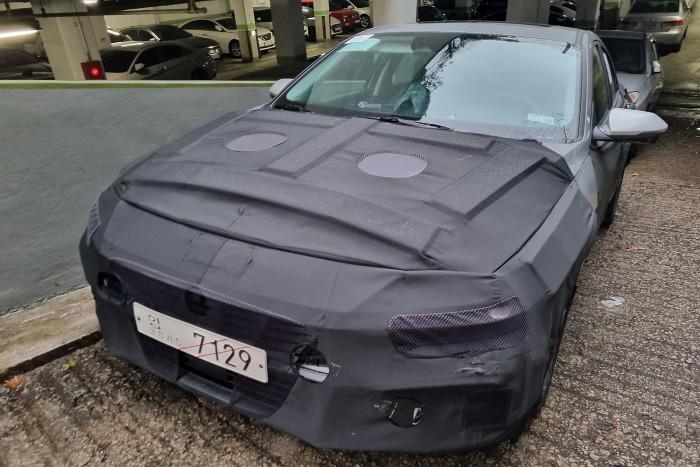
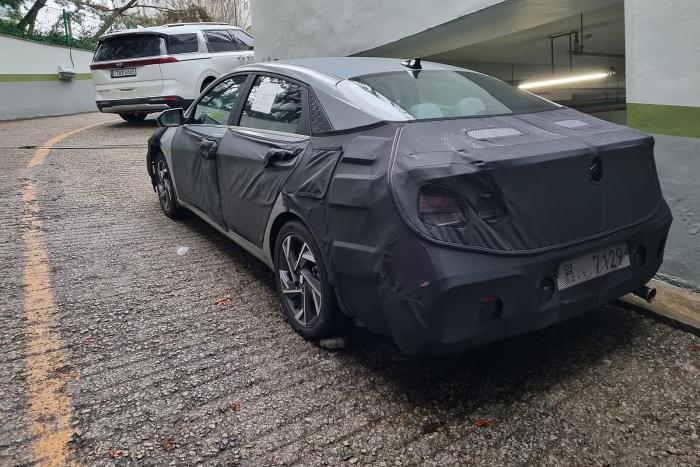
The hybrid model uses a 1.6-litre four-cylinder engine mated with a 34kW electric motor, a 1.3kWh lithium-ion battery, and a six-speed dual-clutch automatic transmission.
Total outputs are 104kW of power and 265Nm of torque.
Hybrid models also feature a multi-link rear suspension, like on N Line models, foregoing the torsion-beam rear of the entry-level atmo 2.0-litre four.
US Environmental Protection Agency fuel economy figures have the hybrid sedan sipping 50mpg, or 4.7L/100km, on the combined city/highway cycle. Hyundai also advertises this figure in the Korean market.
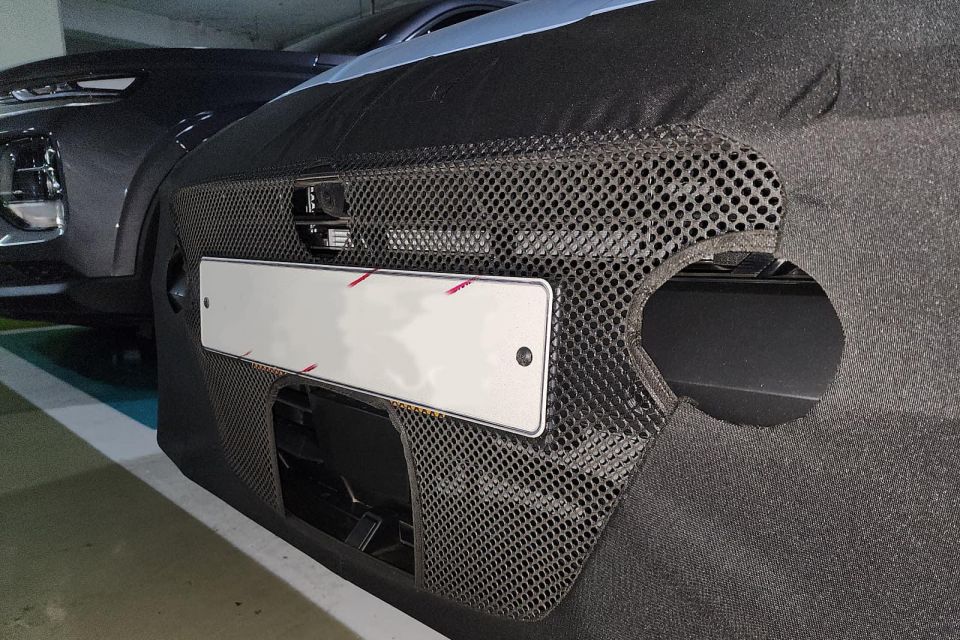

With the same powertrain, the Kia Niro HEV achieves a claimed 4.0L/100km, while the rival Toyota Corolla hybrid sedan sips just 3.9L/100km.
Spy photos show the typical slate of mid-life update tweaks: revised headlights and tail lights, a restyled grille and bumpers, and new wheel designs.
The i30 Sedan N, notably, gets almost Alfa Romeo telephone dial-esque wheels.
But Hyundai’s mid-life updates have been known to be more substantial than some other brands’, and the camouflage on these testers could potentially mask more significant changes like a differently shaped grille or a full-width front light bar, a la the new Kona, Grandeur and Staria.

There also appears to be a larger area allotted to sensors for the i30 Sedan’s suite of active safety and driver assist features, though the vehicle can already be had with new Hyundai safety equipment like active blind-spot and rear cross-traffic assist and lane centring.
What appears to be an internal bulletin from Korea, shared by Autospy, indicates production of the updated model will begin there in March.
Australia currently sources all i30 Sedan and hatchback models out of Korea, bar the hatchback i30 N which comes from the Czech Republic.
While the hatchback’s future is far from certain, with Hyundai confirming the i30 N hatch won’t see a second generation, the i30 Sedan is expected to see another generation – including as a hot N model.
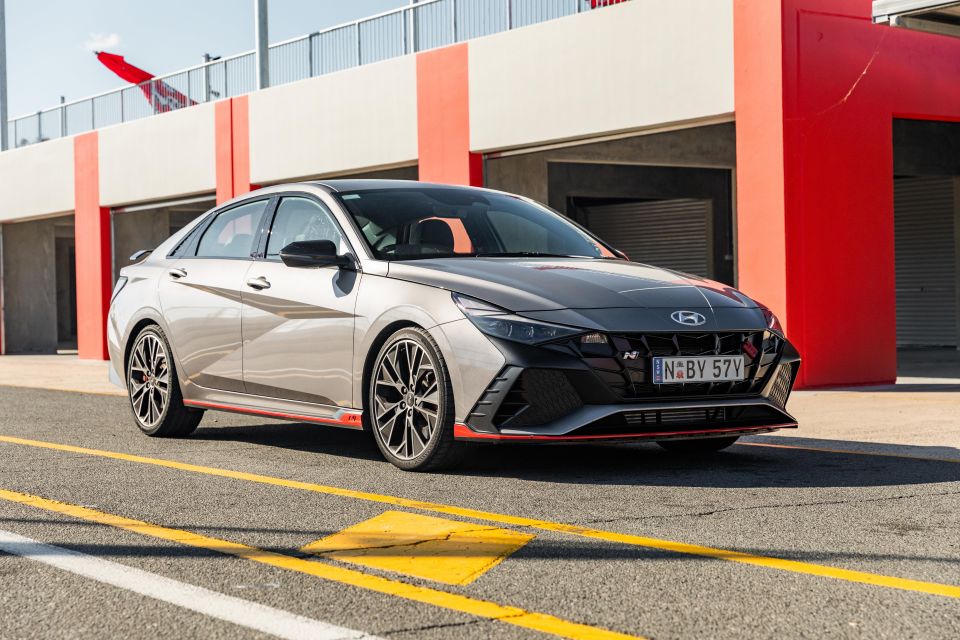
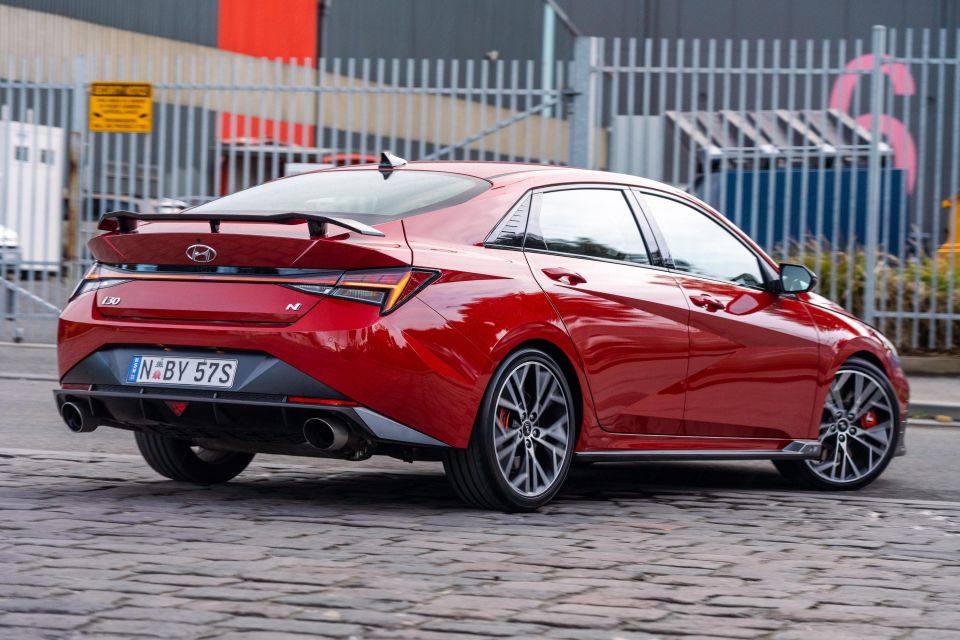
“The i30 N is quite safe, at least the sedan version, so we will see the next-generation car with a new petrol engine, as it’s already in our long-range plans,” said executive technology advisor Albert Biermann.
“In Australia we’re in a good position. Other markets like Europe are dreaming and there’s a good chance there will be no further combustion engine N cars in some markets with Euro 7 regulations looming.
“When we talk C-segment N EV, it could be a hatchback then, but it might take some time to get there, to get it right.”
The N models are important to Hyundai in Australia. Our market is Hyundai’s third-largest by volume for N vehicles, and largest on a per capita basis.
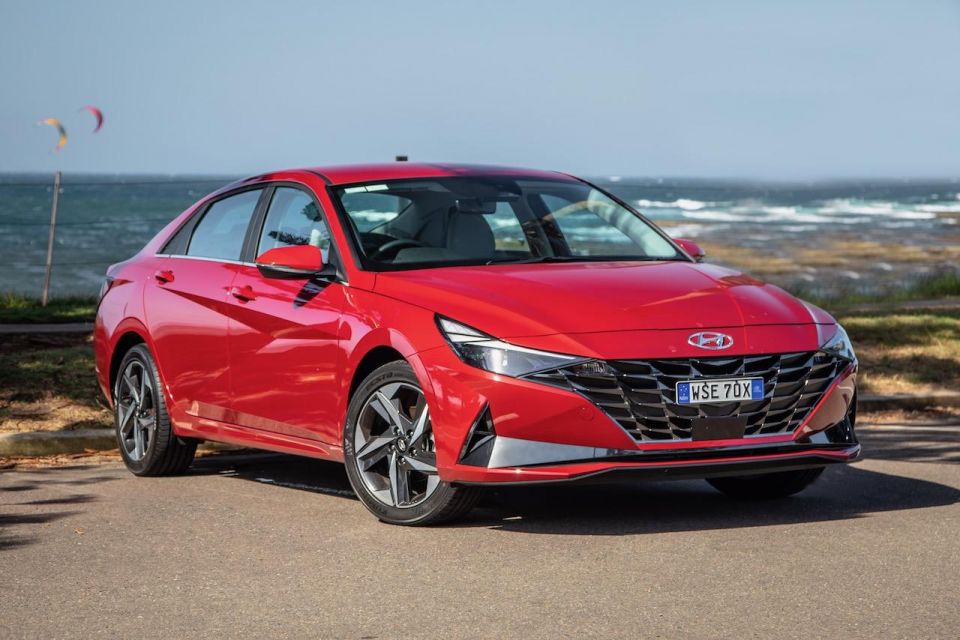
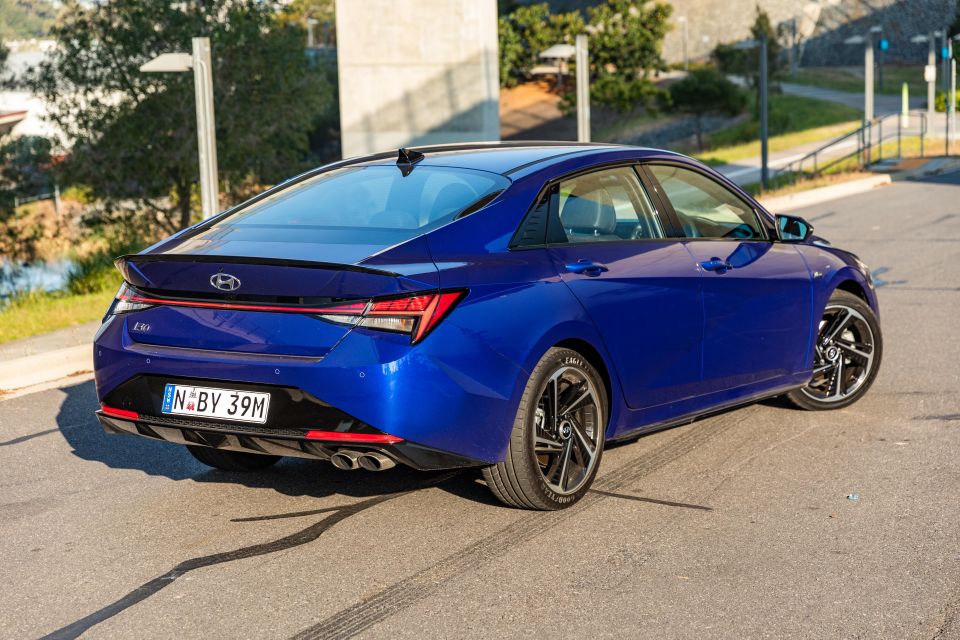
Known as the Avante in Korea and the Elantra in most markets, Hyundai chose to call it the i30 Sedan in its latest generation despite it riding on newer K3 underpinnings than the i30 hatch.
The shrewd renaming had the advantage, however, of allowing the company to lump all hatch and sedan sales together here, pushing Hyundai’s small car line ever closer to the Toyota Corolla.
Last year, Hyundai sold 21,166 i30s, behind the Corolla (25,284) but well ahead of the third-place Kia Cerato (12,354).
MORE: Everything Hyundai i30
Where expert car reviews meet expert car buying – CarExpert gives you trusted advice, personalised service and real savings on your next new car.
William Stopford is an automotive journalist with a passion for mainstream cars, automotive history and overseas auto markets.


James Wong
2 Days Ago
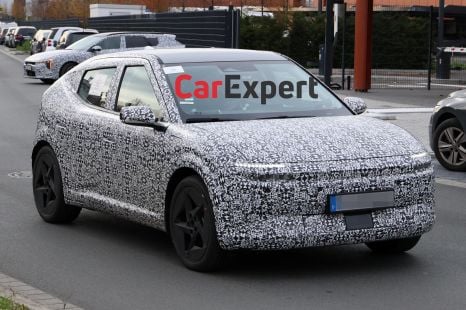

William Stopford
3 Days Ago
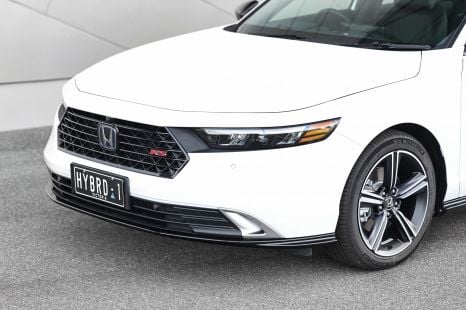

James Wong
3 Days Ago
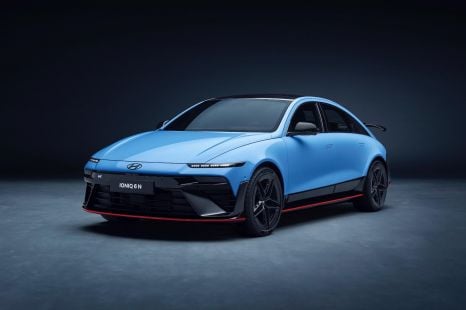

William Stopford
4 Days Ago
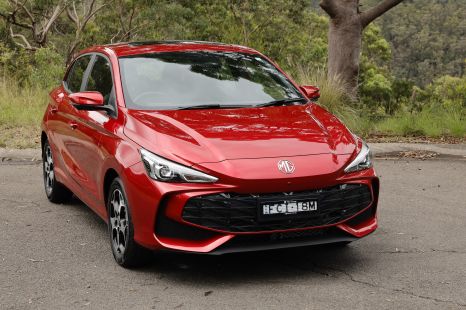

William Stopford
4 Days Ago
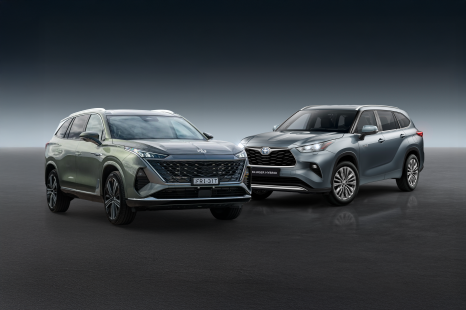

Andrew Maclean
8 Days Ago